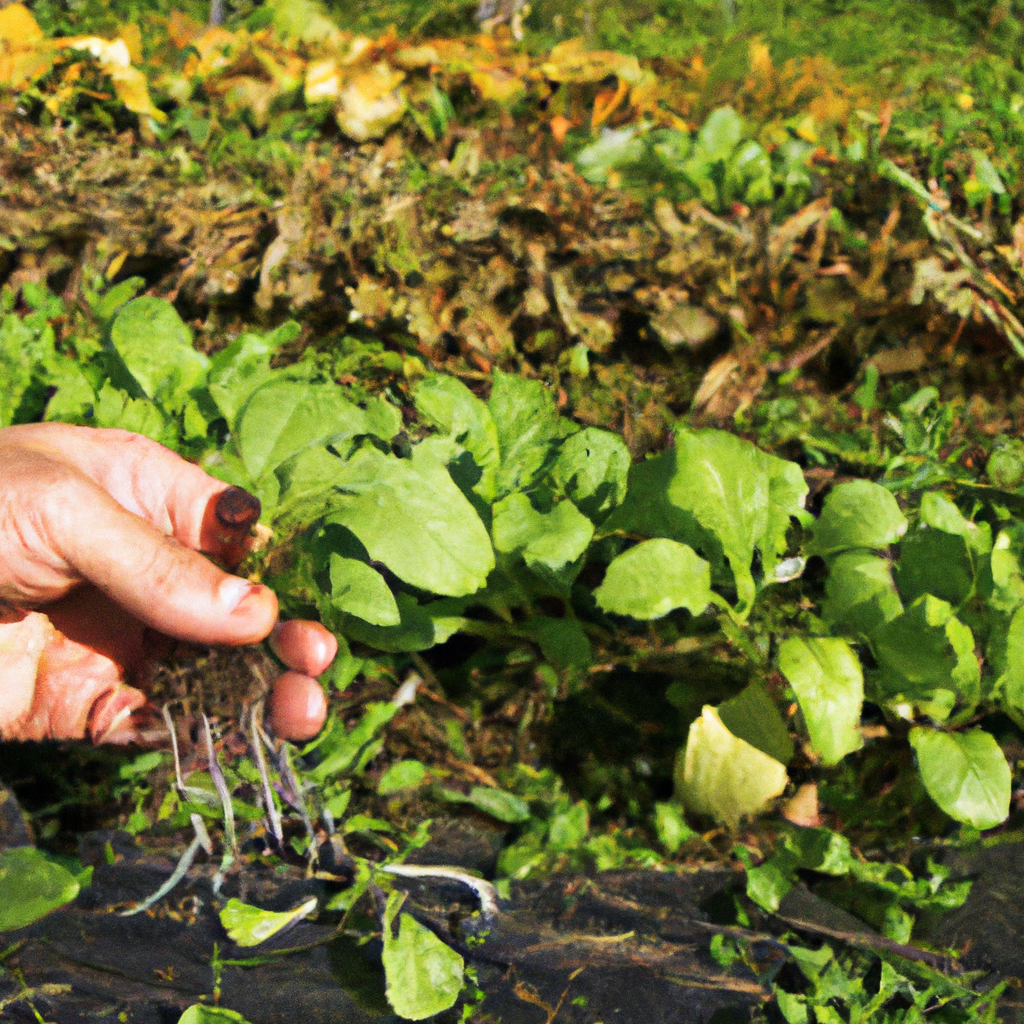 The Delicious World of Food Trade===[/caption]
The Delicious World of Food Trade===[/caption]
Trade in the food and agriculture industry is truly a feast for the senses. With a vast array of flavors and textures, food from different countries and regions has enchanted palates and filled stomachs for centuries. In today’s globalized economy, food trade has become more complex than ever, encompassing everything from farming practices to food safety regulations. In this article, we’ll explore the quirks and opportunities of food trade and agriculture exports.
From Farm to Table: Agriculture Exports
Agriculture is a major part of the global economy, providing food, feed, and fiber for millions of people. The rise of international trade has enabled farmers to reach more markets and sell their crops at higher prices. The top agricultural exports include wheat, corn, soybeans, and rice, with countries like the United States, Brazil, and China leading the way. However, agriculture exports also face challenges, such as climate change, pests, and diseases, which can affect crop yields and quality.
Quirks and Oddities of the Food Industry
The food industry is full of quirky and unusual trade practices that can be hard to understand. For example, did you know that Japan pays a premium for the perfect watermelons, which are grown in square shapes to fit neatly into refrigerators? Or that the European Union has strict regulations on the shape and size of fruits and vegetables, which has led to the rejection of perfectly good produce? Food trade also faces challenges with food safety, such as the recent salmonella outbreaks in the United States, which have led to recalls of millions of pounds of beef and chicken.
A Feast of Trade Opportunities in Food
Despite the challenges and oddities of food trade and agriculture exports, the industry also presents a wealth of opportunities for businesses and consumers alike. From exotic spices to unique fruits and vegetables, there is always something new to discover in the world of food. In addition, technological advancements such as precision agriculture and vertical farming are helping to increase yields and reduce waste. With the right market research and connections, businesses can tap into the growing demand for organic, local, and sustainable food products.
The food and agriculture industry is a fascinating and complex world, full of delicious flavors, quirky trade practices, and exciting opportunities. Whether you’re a farmer, a chef, or a consumer, there’s always something new to learn and explore. As we continue to navigate the challenges and opportunities of food trade in the global economy, let’s savor the rich diversity and creativity of the world’s food cultures.
